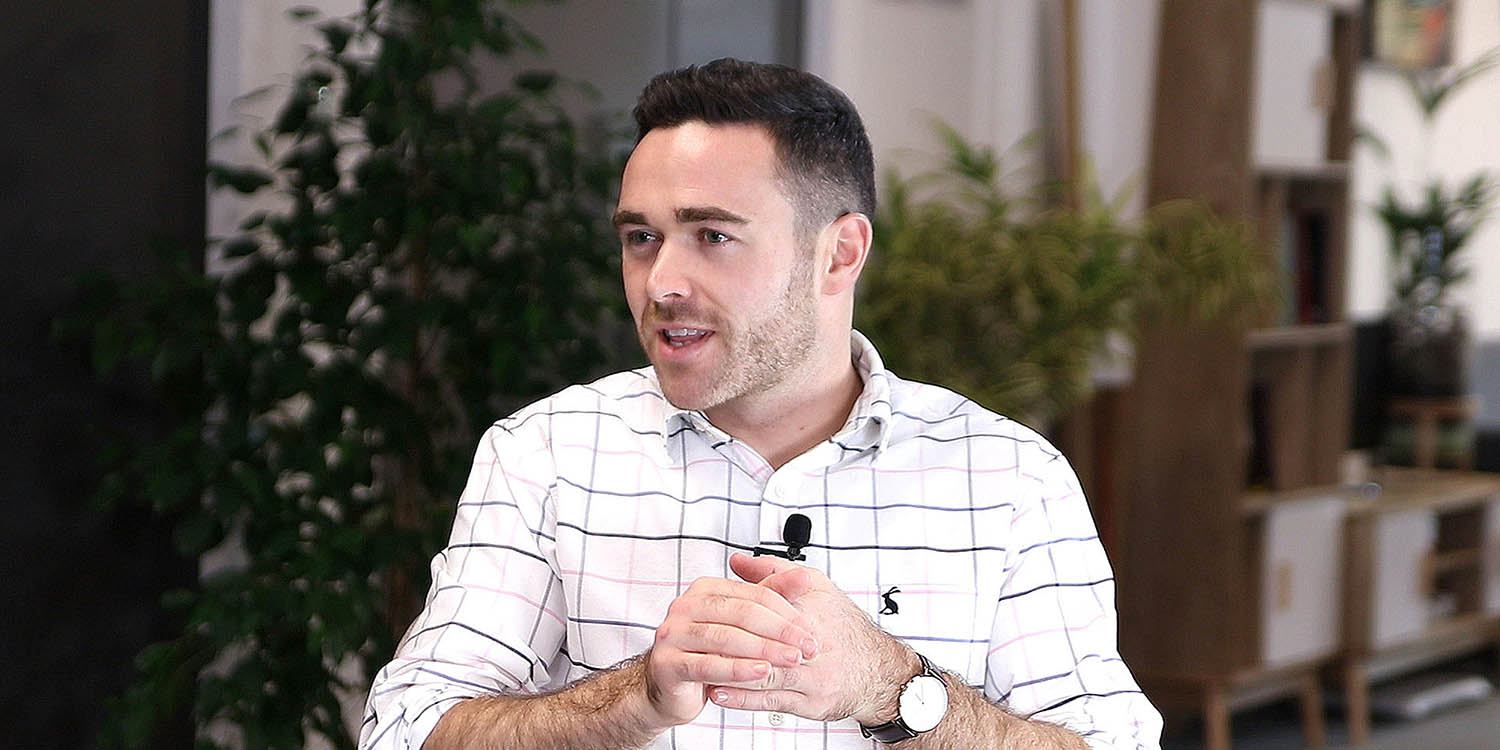Industry deep dive
BACK TO LOKAD TV ›
Fashion Segment & Supply Chain challenges at La Redoute
As the second largest women’s clothing retailer, La Redoute’s teams manage a grand total of 18,000 references with a renewal rate of 70% to 80%. Pricing being the number one concern for online customers, the task of managing pricing policies for the entire catalog while maximizing margin is immensely complex if you factor in the evolution of legislation and promotional pressure.
La Redoute x Lokad - Visit of Quai 30 / What does a modern warehouse look like
As a European leader in ecommerce with a catalog of humongous size and diversity, La Redoute needed a state-of-the-art logistics platform that could handle 300,000 stocked products and process more than 3,500 orders per hour.
Prices and stocks optimization at Mister Auto
French car parts distributor Mister Auto has choosen Lokad for both its inventory optimization and its pricing optimization. As the European automotive aftermarket includes hundreds of thousands of part references, stocking all parts at all time isn't economically viable. Moreover, minimal order quantities (MOQs) further complicates the fulfillement of the demand, typically both intermittent and erratic for most parts. Finally, the European automative aftermarket is fiercely competitive, requiring constant pricing readjustments to stay ahead of the competition.
Open-to-Buy
Open-to-Buy is a budgeting and planning process that is commonly used in the fashion industry to drive purchasing decisions. In this episode, we discuss why this approach is so popular and discuss whether modern technology can provide alternative approaches to keep up with the fast fashion culture.
Hard Luxury Store Assortment
The nature of the hard luxury market means that despite a growing online presence, the vast majority of purchases are still made in store. With sales reaching as low as one or two units per year, it can often be challenging to know what to display in stores and how best to capitalize upon a demand that is so sporadic. For this episode of LokadTV, we discuss this dilemma and learn what hard luxury stores can do to optimize their assortment.
Fresh Food Supply Chain Challenges
The supply chain optimization of the fresh food industry presents specific challenges, most notably the precise control of expiration dates that are very short and complex seasonalities that are typically more erratic than what 'non-fresh' supply chain practitioners would expect.
Forecasting Demand for Automotive Spare Parts
Accurate demand forecasts for automotive spare parts is important to ensure high service levels that minimize disruptions for customers when their vehicles are in need of mechanical repair. However, the number of distinct parts and the number of distinct vehicles are high, which both complicate the forecasting process.
Demand Forecasts for Hard Luxury
Hard luxury is characterized by an exceedingly low sales volume. Time-series forecasting methods are ineffective at delivering any kind of supply chain optimization. Yet, the quantitative optimization of assortments, stocks and prices is possible for hard luxury - even when looking at the most disaggregated level, e.g. stores.
Quantitative Supply Chain For Fashion
Fashion brands are driven by novelty. This puts a lot of pressure on fashion supply chains to reduce overstocks, both to reduce the discount rates but also to make room for the new collections. Overstocks are typically caused by an incorrect prior forecast of the customer demand.
Forecasting For Aerospace
Forecasting demand in aerospace is difficult because demand is both highly erratic and intermittent. Also, TAT (turnaround times) need to be forecasted as well. In practice, probabilistic forecasts are required to achieve any meaningful results in the aerospace industry.









